The $2 billion battle to end boil water advisories on First Nation reserves is progressing but it’s painfully slow and ignores long-term issues, say those on the front lines.
In 2015, the Liberal government pledged to end all boil water advisories on First Nation reserves by 2021 and thus far 78 long-term drinking water advisories have been lifted since November of that year.
However, 62 long-term advisories remain on the 3,100 reserves in Canada, involving more than 631 First Nations and bands.
While the technology and engineering to treat water is fairly common and widely available, all stakeholders agree the root cases of contaminated water are complex and it’s not something that can be quickly solved simply by throwing more money at it.
“They have made some improvements, but it would be a delightful surprise if they complete it all by 2021,” says Prof. Lalita Bharadwaj, a toxicologist and associate professor of public health at the University of Saskatchewan, who has worked with First Nations for more than 20 years on drinking water issues. “The problem is that the water treatment life cycle ends with construction and still places the onus on the chief and council to maintain and manage it.”
The Parliamentary Budget Officer estimates it will take another $3.2 billion to end boil water advisories on reserves, including funding to upgrade existing water treatment systems to meet standards and replace those systems that have reached their end of life.
The issues are well known: logistics, access, standards, skills shortages, operations and maintenance funding.
But there’s no panacea because each reserve with a water issue is unique both in the cause of the contamination, their size, location and access to power to run a water treatment module.
“It’s a serious issue and more concentrated efforts are required by many parties if the federal government is going to seriously deal with the boil water issues of the First Nation communities,” says Kevin Martin, owner and president of First Nations Engineering Services Ltd. (FNESL) in Ohsweken, near Brantford, Ont., which installs and maintains water treatment equipment in Ontario and Alberta reserves. “They are making progress, albeit slowly.”
FNESL general manager Craig Baker, with 30 years experience as an engineer installing water systems, agrees.
The raw water characteristics are different, so every well is different and affects the chemistry and process design
— Craig Baker
First Nations Engineering Services Ltd.
“There’s no silver bullet to solve this,” he says. “Infrastructure never moves fast.”
Before the engineering, before the technology, there’s a lot of work in getting a reserve on the road to clean water at the outset which has to be done, he says, including land use planning and planning for the infrastructure.
Often the First Nation has no water standards in place so the process stalls until something is decided on, though recently most have been adopting the relevant provincial standard to clear that hurdle.
“Funding for First Nation capital budgets were cut 40 per cent in the Harper government’s last four years,” he claims, adding reserves ended up being squeezed when operations budgets for water processing were also underfunded.
“Explain to me how that formula would ever create sustainable infrastructure?”
While the promises of the new government were tantalizing, he says, the reality was the same slow bureaucratic process remained in place.
“The point is to slow it down, to decelerate spending,” he says. “The good news is that the budget is back to where it was before cuts.”
The latent issue is in the operations and management of systems after installation where they are funded at about 40 per cent of cost, he says, with the expectation that First Nations will come up with the rest.
“The problem then is that many of these communities have no access to money,” he says.
Even then, he says, there are other issues such as population growth, which increases demand, and the ongoing struggle to train and retain water treatment technicians.
“The raw water characteristics are different, so every well is different and affects the chemistry and process design,” Baker says.
Bharadwaj says compounding the challenges of maintenance is that lot of systems are obsolete almost as soon as they are installed, which means finding parts becomes an issue. That in turn is further complicated by the location of some remote reserves where getting parts in is a challenge, she adds.
“They can’t find parts and so they make their own sometimes,” she says. “Even having someone they can talk to is difficult.”
Things are changing, nonetheless, Baker says, with more licensed operators being trained and available through a hub-system which pays for travel and dispatches them to remote reserves that don’t have a technician onsite.
This issue will never completely disappear, Baker adds, because it’s like a whack-a-mole game. As new systems go in, old ones break down or can’t meet demand and are running 24/7 with predictable stress failures or it’s discovered they were improperly installed or they’ve reached their end of life cycle.
“We’re just kicking problems down the road,” he says. “Why does Indigenous Services Canada not have operations and maintenance in their budget? Why buy all these shiny new toys with no budget?”
On the positive side, however, some reserves are exemplary, he says, pointing to Whitefish River First Nation on Manitoulin Island in northern Ontario.
“The chief is an engineer. He grasped the concept of community planning and water treatment,” says Baker, adding the chief initially had to struggle with a nine-year-old treatment system that was failing and required the plant, the standpipe and source to be relocated and redone because of “poor initial design standards and criteria.”
The key, he says, is to look more seriously at operations and maintenance budgets because too many remote reserves have no revenue streams.
First Nations too should not be afraid of regulation of water systems, he says.
“The engineering technology is there, but it’s going up against the bureaucracy to get projects through. I don’t think people get that part of it,” he says.
Moving forward, says Bharadwaj, it is going to be important, for remote reserves especially, to be able to network through a knowledge hub and get real-time support from other technicians who have experienced their same challenges.
Funding alone isn’t always the right approach, she adds, and it’s just as important to work with the First Nation and respect their autonomy and where they are drawing their water from.
Then there’s the issue of access for construction, she adds, pointing to the experience of the Neskantaga, a fly-in Ojibway community some 433 kilometres north of Thunder Bay, Ont. which has been under a boil water advisory since 1995.
While a contractor was engaged at $5 million to install a plant, access issues have caused delays and price increases. First it was getting a cement mixer to the reserve, which had to be flown in piece by piece, then it was because winter closed in.
“And some of these locations only have generators for power,” she says. “It’s complex.”


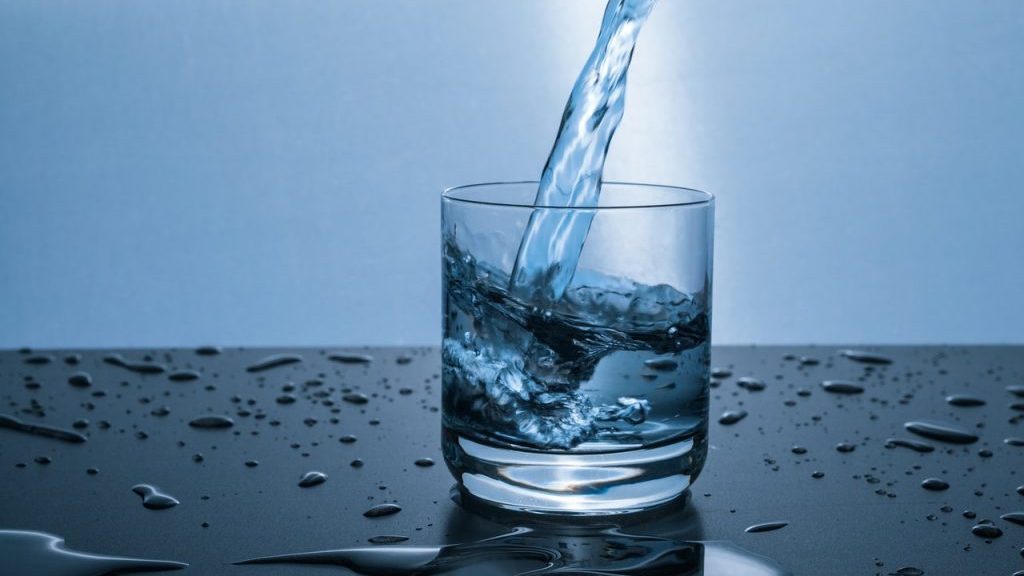


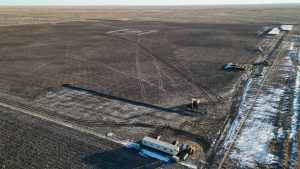
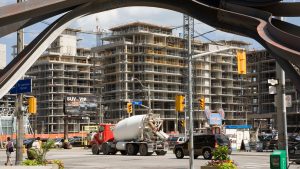


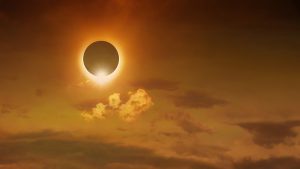
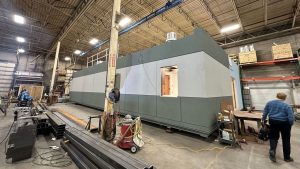
Recent Comments
comments for this post are closed